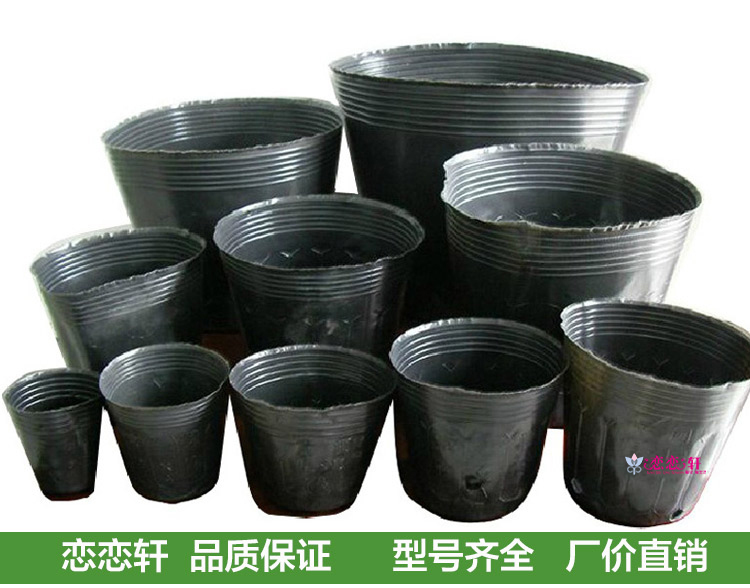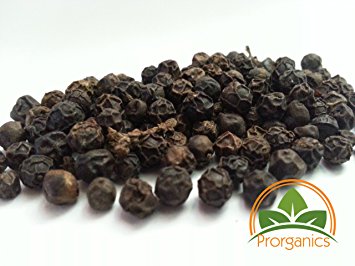Pepper is a vegetable that has a special place in our hearts. Besides being a spicy delicious vegetable, it is a beautiful looking one. In fact, many gardeners grow peppers not only for food but also to decorate. Pepper is also popular because it overcomes the space issue. It can be grown in containers. Besides, growing pepper in containers is not that hard.
Indeed, just because you are tight on space does not mean you can’t grow pepper. As a matter of fact, growing peppers in containers is a whole a lot easier than growing them in gardens. Simply because peppers need a warm climate to grow and thrive and it may happen that you live in a cold climate area.
Therefore, even if you have an available space in your garden, you should probably grow pepper in containers. Why? Believe it or not, peppers grown in containers are tastier and more delicious than those grown in gardens. If you don’t know how to grow peppers in containers, this post will show you step by step how to do so, check it out.
1. Choose an appropriate container

Not every container is fit to grow pepper in. This nicely shaped vegetable is tricky to grow. Thus, it is best that you choose an appropriate container. Generally, pepper needs an at least 15 inches wide and deep container. Naturally, bigger is better.
It is better to choose a plastic container because they heat better the soil. However, containers made of woods, pulp or terra-cotta may not be the most suitable for peppers. Besides, these containers allow the water to evaporate from the sides.
However, no matter what container you choose, it definitely needs drainage. You should put your container on bricks or other supports to sharpen drainage.
2. Soil

If you want to grow pepper successfully, not using garden soil is the fundamental principle. You need an organic-rich soil. The regular garden soil is harmful to the roots.
You definitely need a good soil quality. As we mentioned above, growing peppers in containers is the best choice but it is not the easiest choice. It will certainly give a better pepper but it also needs a better care. Peppers planted in containers will receive only what you give them. Therefore, give them good quality soil.
You will need a bagged container soil mix blended with equal parts compost or worm castings. Tomato fertilizers and calcium are a beneficial addition to your soil. In fact, calcium is vital to healthy peppers. It helps the plant to ripen successfully. Calcium can be found in tomato fertilizers.
Another important advice, you should not completely fill the containers with soil. It is better to leave a margin of 1 to 2 inches for mulch. Mulch is also crucial to peppers as it reduces moisture loss from the soil as well as lowers its temperature.
3. Planting the seeds

You will also need good quality seeds. You could be the seeds from your local garden stores, online or even sow your own mix. Growing your own seeds will allow you to have more varieties to choose from. You should plant them deep. You can plant the seeds anytime except in harsh summer. Each plant needs one foot of space all directions.
Pepper seeds usually germinate in 1 to 3 weeks. It heavily depends on their quality and the weather conditions. After their germination, you should thin out and keep one plant per container.
In four weeks, the pepper will fill out the container. Thus, they will need support. You can support them with wooden stakes. Insert a stake into the containers and tie the vines to them.
4. Position
Where to grow your pepper depends on your climate. However, generally, peppers love the sun. The most productive pepper plants are grown in warmth and heat. Therefore, you should keep them in a position where they are exposed a to sunlight at least for 6 to 8 hours per day.
The most common position for pepper grown in containers is in the kitchen next to a window. In this way, pepper will receive sunlight as much as it needs as well as it will decorate your kitchen. Indeed, as we previously stated, pepper is beautiful, thus, it fits perfectly as a decorative vegetable.
5. Watering
Pepper is not a low maintenance plant. It requires constant care and observation. However, it is totally worth it. This beautiful tasty plant needs regular watering to keep the soil slightly moist. You should never let the soil to dry out completely.
You should always bear in mind that you need to avoid wetting the foliage. Don’t sink the plant in water too. Overwatering is harmful to pepper.
How frequent should you water Peppers? it completely depends on the weather. But, it is easy to tell how dry the pots are. If the pots are very light it means they are dangerously dry and they urgently need watering.
6. Feeding
Just like tomatoes, pepper plants are heavy feeders and they need fertilizing every two weeks. In order to promote foliage growth, you will need to use nitrogen-rich fertilizers. Tomato fertilizers are also suitable to feed peppers. Once in a month, you should use compost or manure tea to feed the plant.
You could also feed the plants with water-soluble liquid plant food every week. However, once the plant blooms, stop fertilizing so that it can put its energy into growing.
7. Temperature
Growing Pepper in containers requires soil temperature to be above 60F. For pepper to germinate, it needs a temperature above 68F. Pepper loves the heat thus it can tolerate temperature that reaches 95F up to 50F down. However, the perfect growing temperature is between 70 and 90F.
8. Harvesting
Harvesting peppers is not a complicated task. Peppers can be harvested at any stage of maturity. If they look green or pale yellow it means that they are not mature yet. If you harvest early, this will trigger the plant to produce more heavily.
Mature pepper will turn from green to yellow, orange, red or brown. No matter the stage of harvest, cut the peppers with clean scissors to avoid damaging the plant. Use gloves to protect your hand especially when you’re harvesting hot pepper.
9. General problems
Aphids are the number one enemy of pepper. Be careful of them. Also, don’t forget to keep an eye on spider mites.
10. Enjoy Your pepper
Pepper is the spiciest edible vegetable. They make a tasty hot sauce. They’re used in a variety of cooks. Personally, I prefer them barbecued. If you haven’t tried barbecued pepper salad, well you have missed a lot.
Not only pepper can be grown in containers. There are a lot of other delicious and decorative vegetables that you can easily grow in containers. Check them out over here.
these steps guarantee that when you grow pepper in containers, it will not only grow but it will also produce heavily. Follow these steps literally and if you have any inquiries, we would love to hear from you.
Enjoy your gardening and don’t forget to tell your friends about us.


